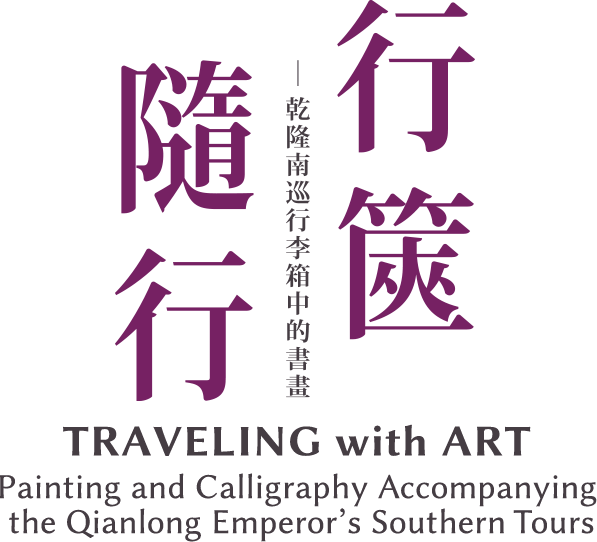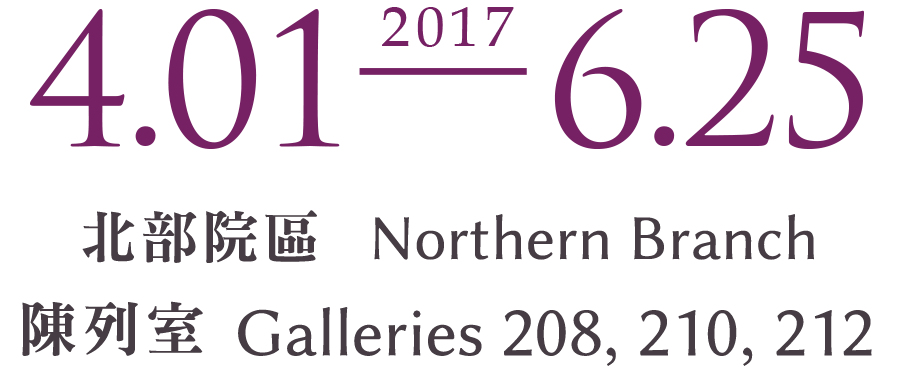Introduction
The Qianlong emperor, who sat on the throne of China from 1735 to 1796, was not a ruler who amassed a huge collection of painting and calligraphy merely for the sake of ownership, but someone who relished the appreciation of artworks and extolled their virtues, also placing much emphasis on searching for them. This exhibition takes a look at the observations he made during six inspection tours of the south between 1751 and 1784. From the voluminous poetry written by Qianlong in praise of painting and calligraphy, we can identify some of the artworks that accompanied his trips, offering a better understanding of and new perspective on his connoisseurial activities. Based on the contents of his inscriptions and the time they were written, it appears that Qianlong often enjoyed displaying artworks on or related to the places he visited on his tours. Some of his favorite works even became essential travel companions, which he took out to sing their praise time and again.
The other part of this exhibition examines the sources of painting and calligraphy that accompanied the Qianlong emperor. As far as we now know, in addition to artworks that had long been in the imperial collection, many of them were tribute items offered before or during the inspection tours by members of officialdom and the gentry. These works not only demonstrate what scholars and officials thought of Qianlong's taste in art, we can also learn about his ideas from the inscriptions that he wrote in response. Regardless of the source, the painting and calligraphy that followed the emperor probably encountered different fates. Some may have never been taken out for appreciation, while others may have been left at the temporary palaces or temples where he stayed. Some, after going back to the court, may have been returned to their original locations in the south, and others may indeed have been appreciated and, after going to the court, repeatedly copied. And then there were select pieces serving as the Qianlong emperor's constant travel companions, going with him trip after trip. All of these works of painting and calligraphy inscribed by the emperor serve both as a record of commemoration and as a testimonial to the political reach of imperial rule into southern China by the Manchu Qing court.

